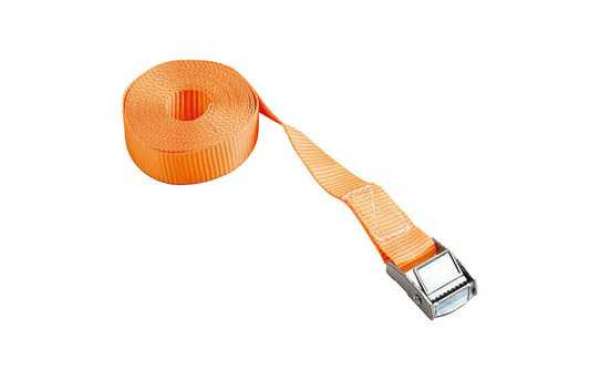From ancient times to the present, there are two modes of transportation that have not changed, one is waterway and the other is the road. Later, with the development of the times, the aircraft was invented by people, and we have another way of transportation. But no matter what kind of transportation is, it is inseparable from cargo tie down .
Cargo tie-down must use some auxiliary props that meet the corresponding requirements. For example, a binding belt is composed of a fixed belt and a movable belt.
The fixed belt is composed of a fixed braided belt, a protective sleeve, a tensioner, and a connecting hook; the movable belt is composed of a movable braided belt, a protective sleeve, and a connecting hook. Insert the free end of the movable belt into the axial socket of the two half shafts of the fixed belt tensioner and then wind and fix it to form an integral cargo binding belt.
This kind of binding belt mostly uses nylon webbing or polyester braided belt to bind and fasten the goods. Compared with steel wire, brown rope, and hemp rope, the operation is safer and simpler. It can be automated and quickly operated, reducing labor intensity, improving working conditions, and eliminating potential safety hazards. , Improve the stability of operation, prevent accidents, and ensure transportation safety.
Of course, in addition to the ratchet buckle , over-center buckle and cargo tie-down can play an auxiliary role.







